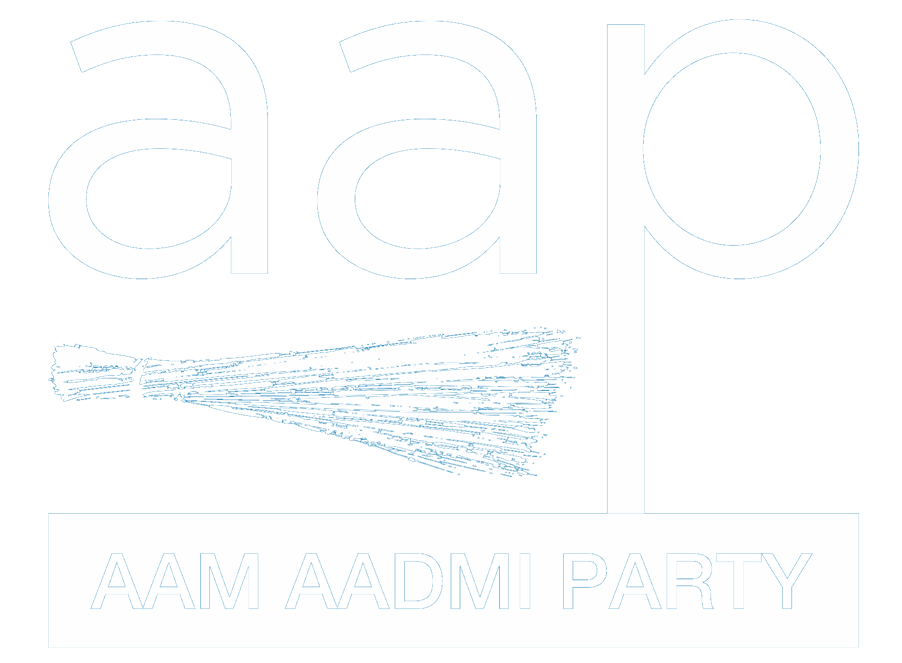
Gender equality is a topic that we have studied in textbooks of Social Sciences but have seldom witnessed in the real world.When it comes to India, women have always been at a disadvantage when it comes to gender equality.They are not given the same rights and opportunities as men.
Data speaks of inequality at workplace
According to the National Sample Survey Organization (NSSO) and Periodic Labour Force Survey Data 2017-18, Women Workforce Participation Rate has always remained below the national average and has recorded a decline of 10% between 2011-12 and 2017-18.
The Women Workforce Participation Rate in Delhi is abysmally low at 11%. The World Bank Report states that India ranks 120 among 131 countries in female labour force participation rate.
Why access to safe and affordable public transport is important for women?

One of the contributors to low participation of women in the workforce is the lack of affordable and safe public transport. Many times, this becomes a reason for women to let go of career related opportunities if it requires them to travel to far off distance. A study by Thomson Reuters Foundation in 2014 ranked Delhi as the 4th most dangerous city in the world for women travelling by public transport.
An attempt at changing things for the better
The Delhi Government decided to take a step in the direction of gender equality by giving women a greater claim in public transport.The free-bus rides-for-women scheme is aimed at providing safe, easily accessible and affordable public transport to women in Delhi. The scheme that was announced in August 2019 and implemented on 29th October 2019, on the occasion of Bhai Dooj, managed to pleasantly surprise a lot of women commuters travelling in DTC and cluster buses who were unaware of this move of the Delhi Government. Smiling on receiving the pink tickets under the scheme, the women said they were happy that their savings will increase, since they will not have to pay for the tickets in public buses from now on. Delhi CM Arvind Kejriwal’s tweet on the day of implementation of the scheme where he said that “when women are empowered, only then the country will progress” conveyed the objective with which the scheme has been launched by the government.
How the benefits of the scheme are not just limited to women.
Affordable means of commute will help in Increasing the representation of women in public spaces, which in turn will make these spaces safer for them and will also give them a psychological sense of security. It will also open doors of new opportunities for them. The women will be empowered to take up work, education and many other opportunities that they would have otherwise left due to lack of access to safe and affordable transport.
Increasing Women Workforce Participation Rate is good for economic growth of the country too. A study by two students from Harvard Rachel Levenson and Layla O’Kayne states that increasing workforce participation of women can boost India’s GDP by 27%.
The scheme will also increase the monthly household savings of the women travelling by public buses. It will enable them to save an average of Rs.480 per month(considering an average travel expenditure per day is Rs.20). Think of a women from a lower-middle class background.An increased monthly saving will help empower her economically as well, giving her much more financial independence.
Female ridership in buses has risen post the introduction of the scheme
The initiative has already received a thumbs up from the women of Delhi. Data has shown that there has been a 10% rise in the percentage of female commuters in public buses after the launch of the scheme. The number of women commuters in buses is expected to rise further.
Criticism versus Reality
While the initiative is being praised for the objectives it plans to achieve,that are: making public transport safer for women, increasing women participation in the workforce and increasing the household savings of women, there are also a few women who say that they do not need the scheme as they can pay for themselves. Here, it is important to note that the scheme is optional and women who feel that they do not need the free bus rides can still pay for their rides. But the scheme will go a long way in empowering those women who have had to struggle to get access to basic resources.
Another argument that has come forth after the scheme was announced is that free-bus-rides-for-women are not enough to make public transport safer.
While the government does believe that providing free bus rides to women will bring more security for women in public transport, it is not depending solely on the scheme for this purpose. The Delhi Government has also taken measures like installing CCTV cameras and deploying approximately 12,000 bus marshals to increase the safety of women.
A move that deserves a chance!
The scheme that has received appreciation from a large section of both men and women in Delhi, has also faced its share of criticism. However, the initiative which is aimed at the welfare of the other half of the population that has always been denied equality, deserves to be welcomed by everyone who envisions a gender equal society in the years to come.

